Fireworks bring joy and excitement to any celebration, but have you ever wondered, "What makes fireworks blue?"
The stunning blue hue you see in fireworks displays is a result of precise chemistry and the use of specific elements.
Understanding the science behind these brilliant colors not only deepens your appreciation of fireworks, but it also highlights the skill required to create those dazzling effects.
In this article, we dive into the mechanisms that make fireworks blue, from the role of metal salts to the challenges pyrotechnicians face in creating a consistent, vivid blue color.
As experts in premium, professional-grade fireworks, we’ll guide you through the fascinating process behind this vibrant display!
What this article covers:
- The Color Science Behind Fireworks: How They Glow
- Why Creating Vivid Blue Fireworks Is a Challenge
- Safety and Environmental Considerations
The Color Science Behind Fireworks: How They Glow
When it comes to fireworks, few things are as mesmerizing as the brilliant colours lighting up the night sky.
But how do fireworks get their color? The answer lies in the chemistry of metal compounds, which are carefully selected for their ability to emit specific wavelengths of light when exposed to high heat.
When a firework explodes, the metal salts inside it are heated to extreme temperatures, causing their electrons to become “excited” and jump to higher energy levels.
As those electrons fall back to their original state, they release energy in the form of visible light.
This process is known as luminescence, and it is responsible for the vibrant blues, reds, greens, and other hues seen in fireworks.
A second process, incandescence, occurs when metals glow from heat alone—usually producing white, orange, or yellow tones.
Each element emits a specific colour depending on its properties. For instance, strontium is the metal ion responsible for the red firework, while sodium produces yellow and barium yields green.
Blue, however, is notoriously difficult to achieve and requires the use of copper compounds under very precise conditions, which we’ll explore in the next section.
How Copper Compounds Create Blue Fireworks
Creating blue fireworks is one of the biggest challenges in pyrotechnics, and it all comes down to the use of copper compounds.
These compounds are responsible for producing the stunning blue hues seen in professional firework displays—but only when handled with precision.
The most commonly used copper-based colorants include copper chloride (CuCl) and copper oxide (CuO).
When heated to the right temperature, these compounds emit light in the blue region of the visible spectrum.
However, achieving a vibrant and consistent blue requires very specific conditions, including tight temperature control and the right chemical environment.
Even slight variations in formulation or flame temperature can alter the shade or cause the blue to fade altogether.
That’s why pyrotechnicians often pair copper compounds with other stabilizing elements—not just to enhance the colour, but to ensure it appears at all.
When done correctly, the result is a crisp, vivid blue that stands out beautifully against other colours in a fireworks display.
The Role of Chlorine in Enhancing Blue Hues
In many blue fireworks, chlorine plays a vital role in intensifying the blue color. Chlorine is often introduced through metal salts like copper chloride.
When the copper salts are heated, the chlorine atoms help create a more vivid blue hue by interacting with the copper ions and increasing the emission of blue light.
This combination of copper and chlorine is one of the most successful formulas for creating that stunning blue color in fireworks.
Why Creating Vivid Blue Fireworks Is a Challenge
As beautiful as blue fireworks are, they’re also one of the hardest colors to achieve.
Blue has always been a challenging color to create in pyrotechnics due to the unique properties of copper compounds.
Unlike red or green, which can be produced with relative ease, blue requires specific conditions and compounds that can be sensitive to temperature and other factors.

Why Temperature Is Critical for Blue Fireworks
While copper compounds are essential for producing blue fireworks, their success depends heavily on temperature control.
Blue is one of the hardest colours to achieve in pyrotechnics because the copper-based colorants used are highly sensitive to heat.
If the temperature is too low, the copper compounds won’t emit enough energy to produce the desired blue light.
If it’s too high, the compounds can burn out or degrade, causing the blue hue to wash out or disappear entirely. This narrow operating window makes blue fireworks particularly tricky to get right.
To achieve a crisp and lasting blue, pyrotechnicians must carefully manage the flame temperature so that the copper compounds reach their ideal excitation state.
Mastering this balance between heat and chemical stability is what separates dull displays from show-stopping, vivid blue explosions in the sky.
New Advances in Making Better Blue Fireworks
Because blue fireworks are so difficult to produce, pyrotechnic experts have spent years working on ways to improve their consistency and brilliance.
One major breakthrough has been the development of more stable copper-based compounds that can withstand wider temperature ranges while still producing a vibrant blue hue.
These improved formulations are not only more reliable but also easier to work with in large-scale displays.
In addition to new compounds, advanced pyrotechnic techniques have helped take blue fireworks to the next level.
Precision engineering allows manufacturers to control burn rates and temperatures more accurately, ensuring that copper compounds ignite under optimal conditions.
Some of these innovations also reduce waste and minimize environmental impact by promoting more complete, controlled combustion.
Together, these advancements make it easier than ever to include bold, beautiful blues in professional-grade fireworks displays—without compromising colour quality or performance.
Use of Advanced Pyrotechnic Techniques
Advanced pyrotechnic techniques have also played a major role in improving the quality of blue fireworks.
By using precision engineering, pyrotechnicians can create more efficient burns, ensuring that the copper compounds burn at just the right temperature for maximum color intensity.
These techniques also help minimize the environmental impact of fireworks, as they allow for more controlled and eco-friendly burning of the materials used to create the blue color.

Safety and Environmental Considerations
While fireworks are a fun and exciting way to celebrate, they do come with safety and environmental concerns. The compounds used to create colors in fireworks, including copper, need to be handled with care.
Handling and Storage of Copper Compounds
Copper compounds must be stored and handled carefully to ensure safety. These compounds are sensitive to moisture and can become unstable if exposed to certain conditions.
Pyrotechnicians must take extra precautions when working with copper-based colorants to prevent accidents and ensure the safety of both the people creating the fireworks and the spectators watching them.
Environmental Impact of Metal-Based Colorants
While blue fireworks are stunning, there is an environmental impact associated with the metals used to create these colors.
Some of the metal salts and compounds used in fireworks can contribute to pollution if not managed properly.
However, many pyrotechnic companies are committed to minimizing the environmental impact of their products by using more eco-friendly materials and techniques.
Conclusion
So, what makes fireworks blue? It all comes down to the chemistry of copper compounds, temperature control, and the role of chlorine.
The beautiful blue hue in fireworks is a result of these carefully calibrated elements, which produce one of the most mesmerizing colors in the sky.
At Red Apple Fireworks, we’re dedicated to bringing you high-quality, safe, and visually stunning fireworks, including those that fill the sky with a brilliant blue.
Whether you’re gearing up for a DIY fireworks display, planning an event, or simply looking to make your next celebration unforgettable, we’ve got the perfect fireworks for you.
If you're looking for spectacular fireworks to pair with your next special occasion or holiday, check out our panda fireworks and smoke bombs fireworks for show-stopping effects that everyone will love.
Plus, don't forget to join Club Red Apple® and unlock explosive benefits—save up to 25%!
Our exclusive membership program is designed to elevate your fireworks experience, giving you access to fantastic deals, special perks, and even more ways to make your celebrations unforgettable.
Join today and take your fireworks game to the next level! At Red Apple Fireworks, we’re here to light up your events with color, excitement, and unforgettable memories.
If you want to learn more, check out these articles below
- What Element Makes Purple Fireworks
- What Element Will Give Fireworks Their Yellow Color
- When Were Fireworks Invented?
- First American Fireworks
- Facts About Fireworks
- Why Do Celebrate with Fireworks?
- Why Were Fireworks Important in Ancient China?
- How Does a Firework Work?
- What Chemicals Are Used in Fireworks?
- What Minerals Are Used to Make Gold Sparks Fireworks?
- What Three Processes Cause Fireworks to Emit Light?
- What Problem Occurs If the Firework Mixture Is Not Pure?





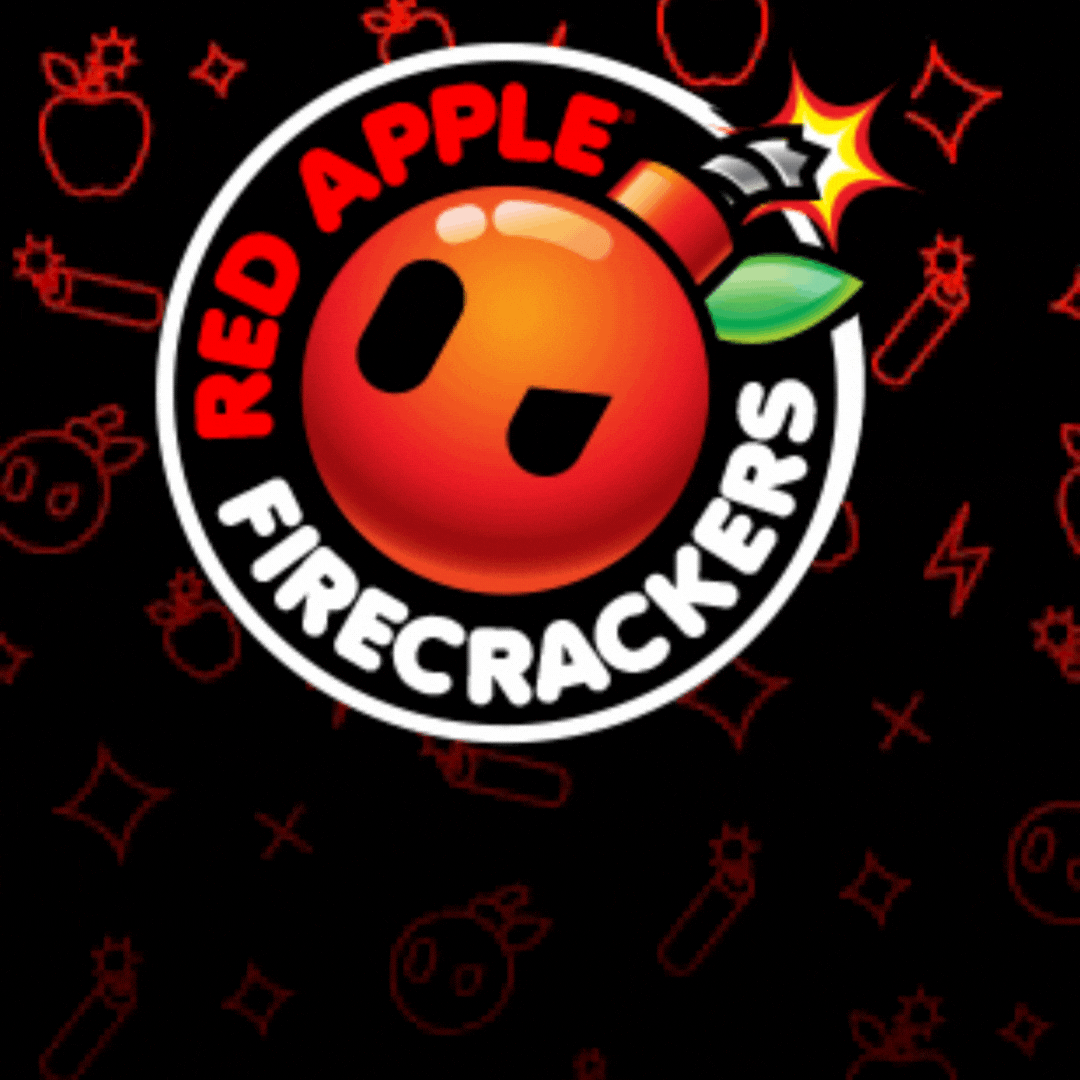

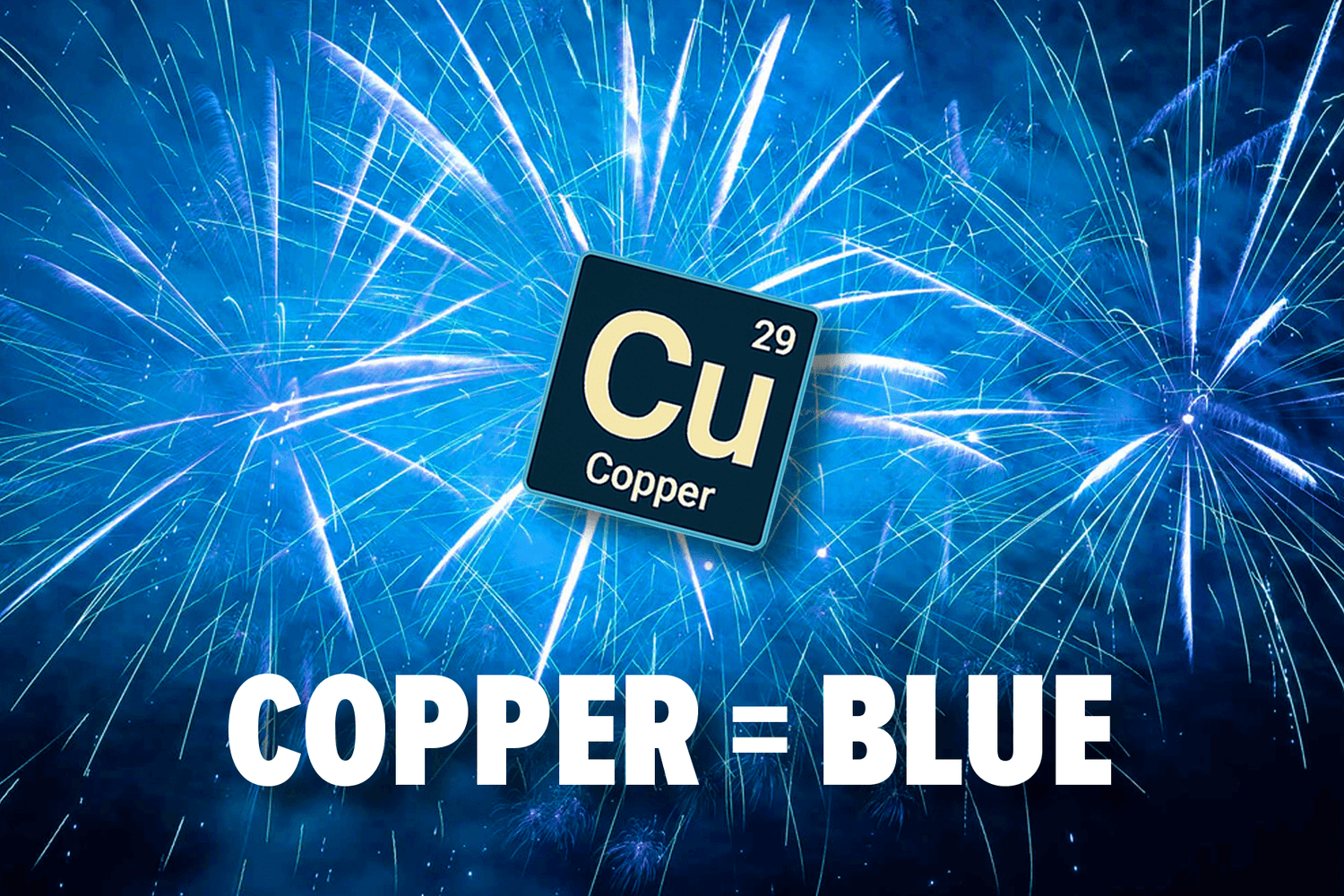


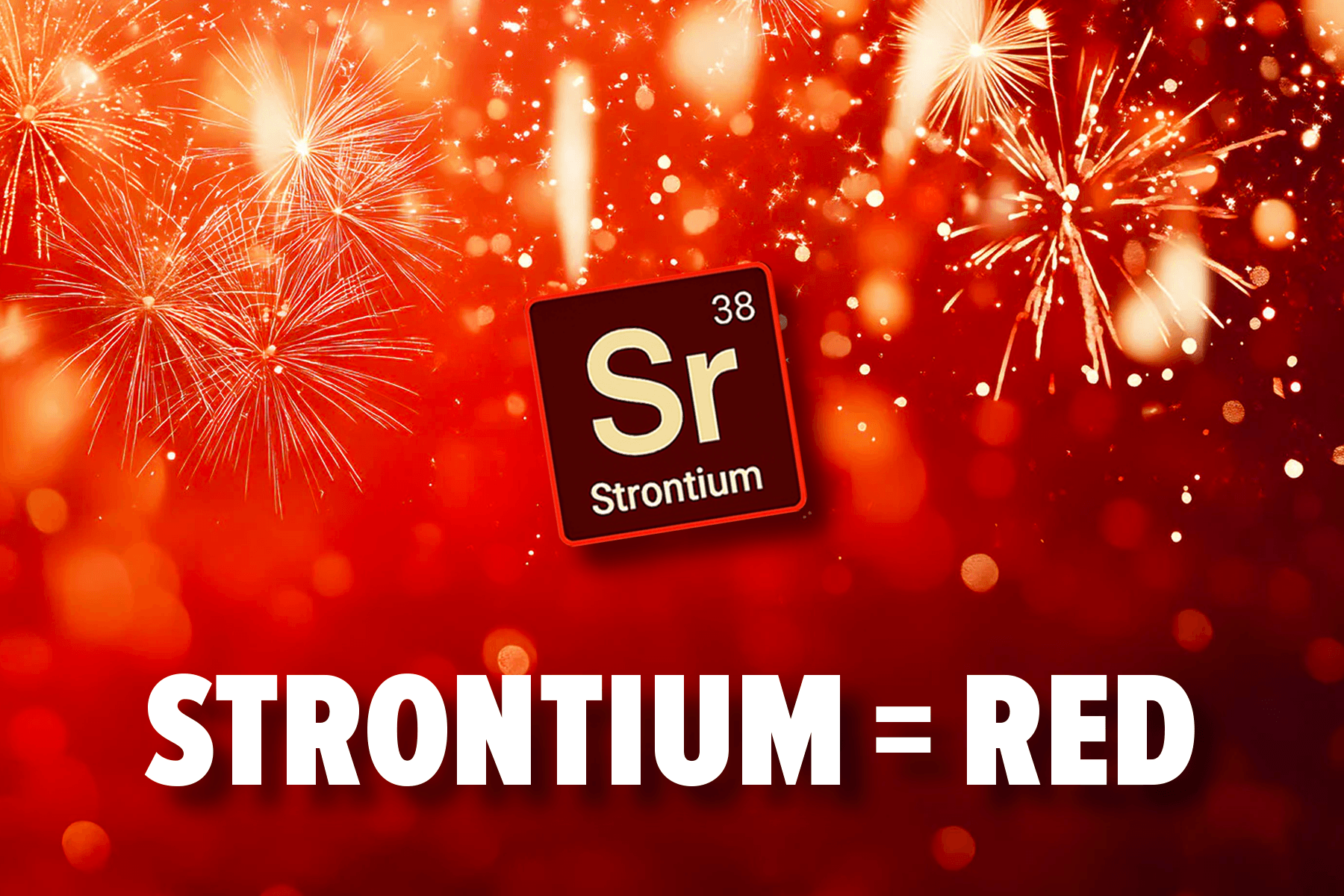

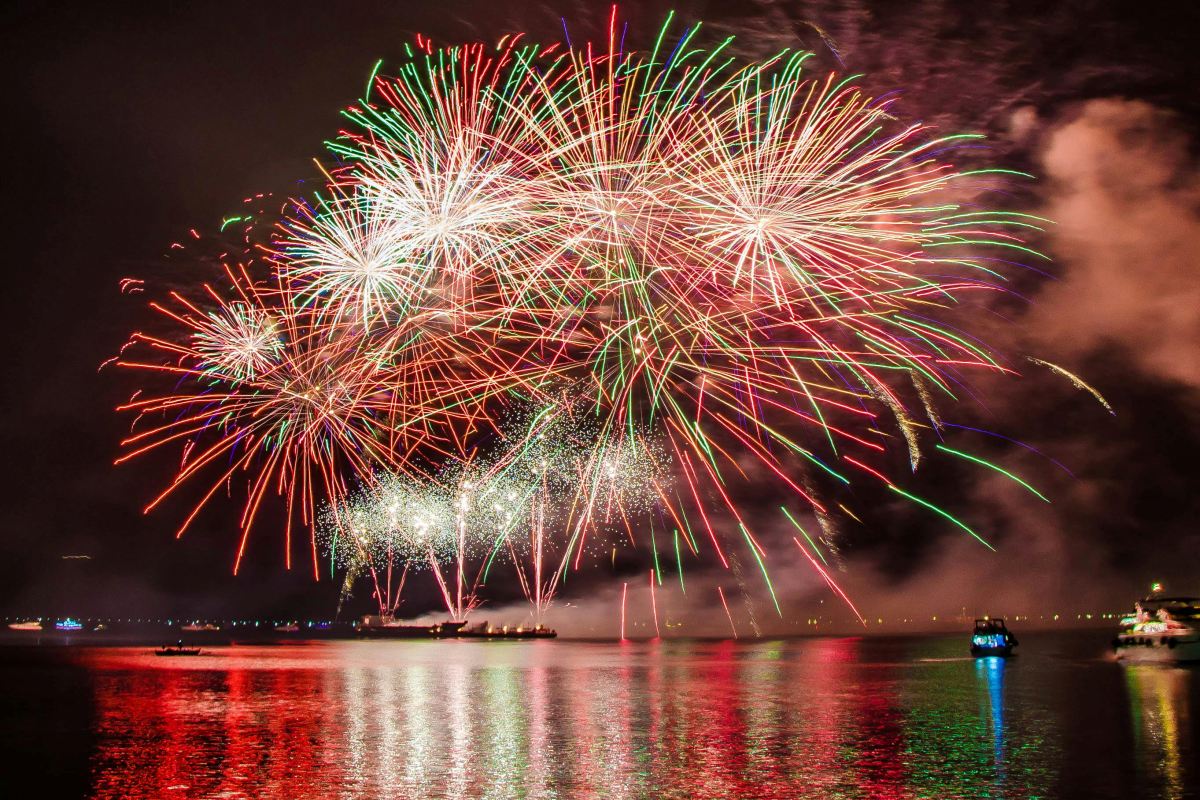
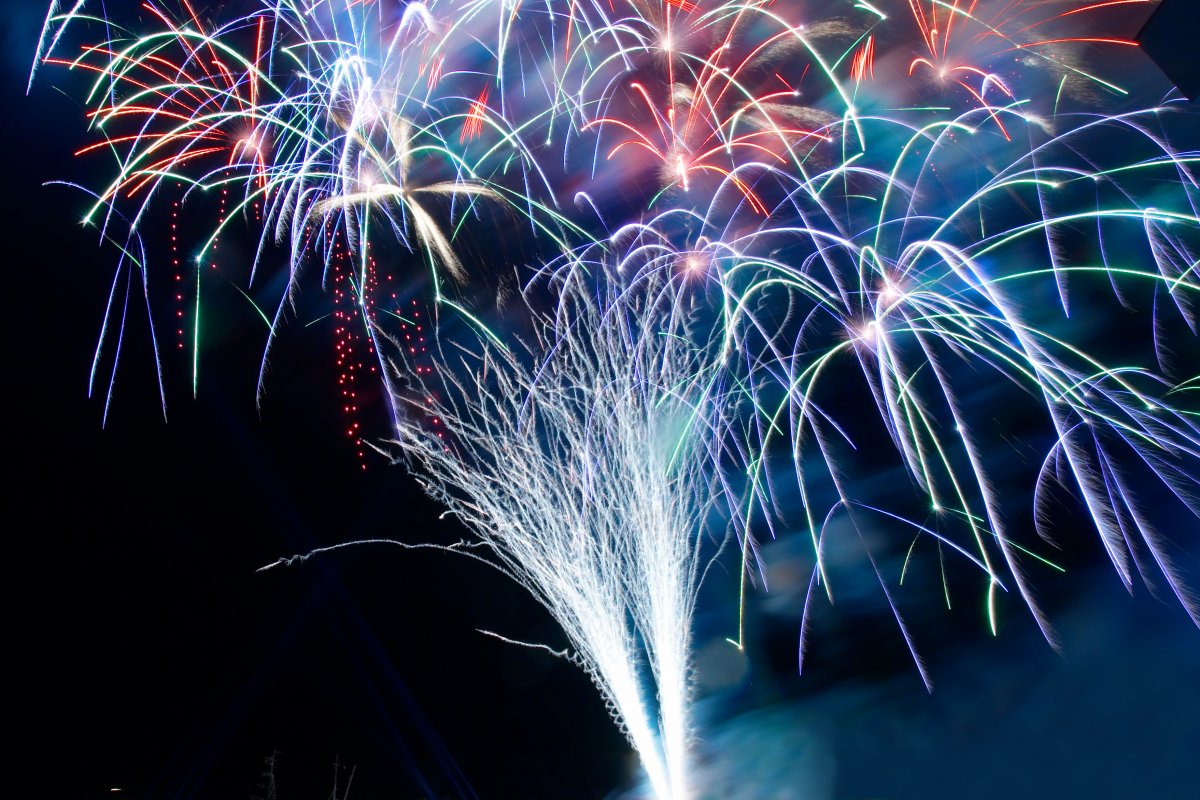
Leave a comment
All comments are moderated before being published.
This site is protected by hCaptcha and the hCaptcha Privacy Policy and Terms of Service apply.